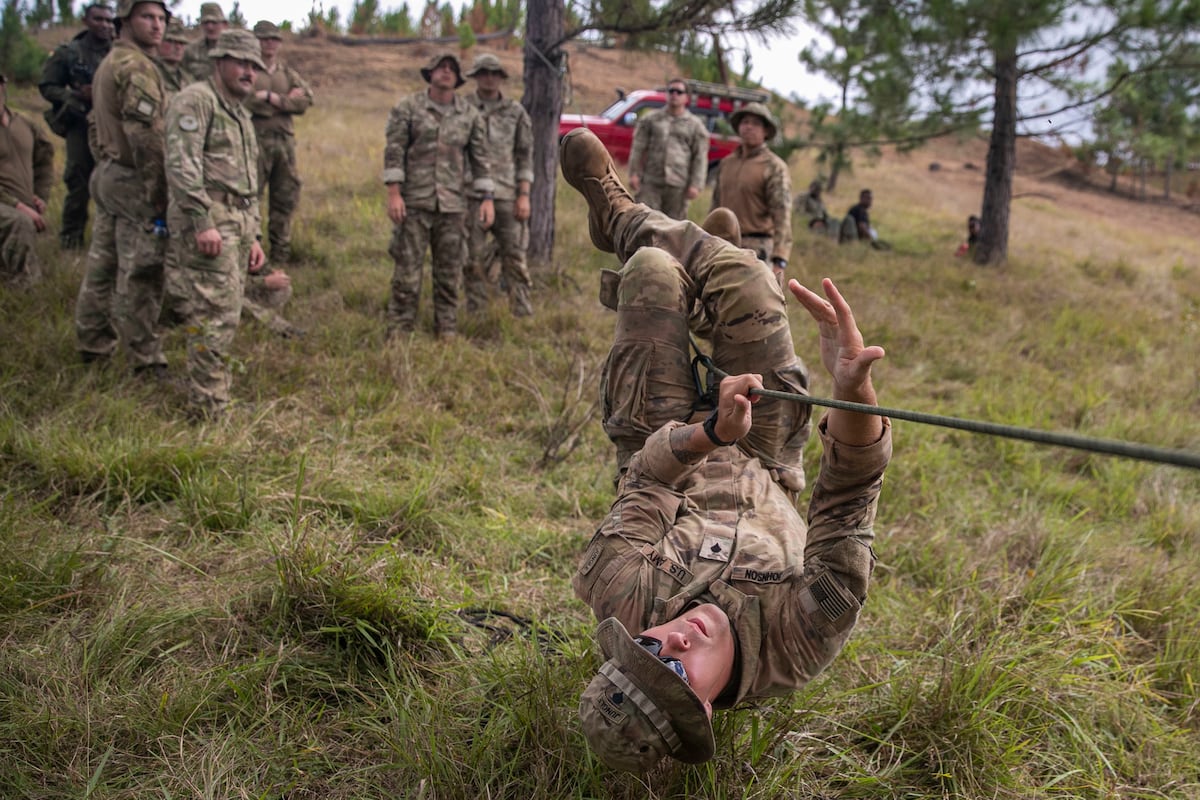The Space Force intends to deploy satellites that can track aerial and ground targets at the beginning of the next decade, according to a top service official.
The U.S. military has tracked targets in the air, a mission known as AMTI, with the Air Force’s E-3 Sentry, which will be replaced by the future E-7 Wedgetail. And the effort to track vehicles on the ground, called the ground moving target indicator mission, or GMTI, has primarily been handled by the aging E-8 JSTARS fleet. But Pentagon officials now believe these missions need help from more survivable assets beyond the stratosphere.
“As we push to GMTI—that’s your larger moving targets—we also know we need to get after air moving targets, so we are starting to invest in those studies now, and have those conversations. I would say you’re looking at probably early [20]30s for some of that capability to start coming online, both for GMTI and for AMTI,” Gen. Michael Guetlein, vice chief of space operations, said during a Defense News conference Wednesday.
The future tracking mission will be layered, Guetlein said, and will include sensors from both satellites and aircraft to increase survivability.
“As I move to space, it becomes harder and harder to get the same level of resolution on a target that may be required. The second thing that has happened in modern warfare with these kill webs, etc, is the adversary has become very good at pushing the lines of battle further and further out away from their shores, and have become very good at denying oversight of their territory. As they’ve done that, we’ve had to go higher and higher to get the same perspective of what’s going on on the battlefield,” he said.
The Space Force will continue to invest in GMTI and AMTI in the upcoming budget, Guetlein said, but warned that the service is dealing with scarce resources and a flat budget in the coming years.
“We are having those conversations about the scarcity of resources [and] how much can I invest in [20]26 in some of these emerging areas,” he said.
Read the full article here








Leave a Reply